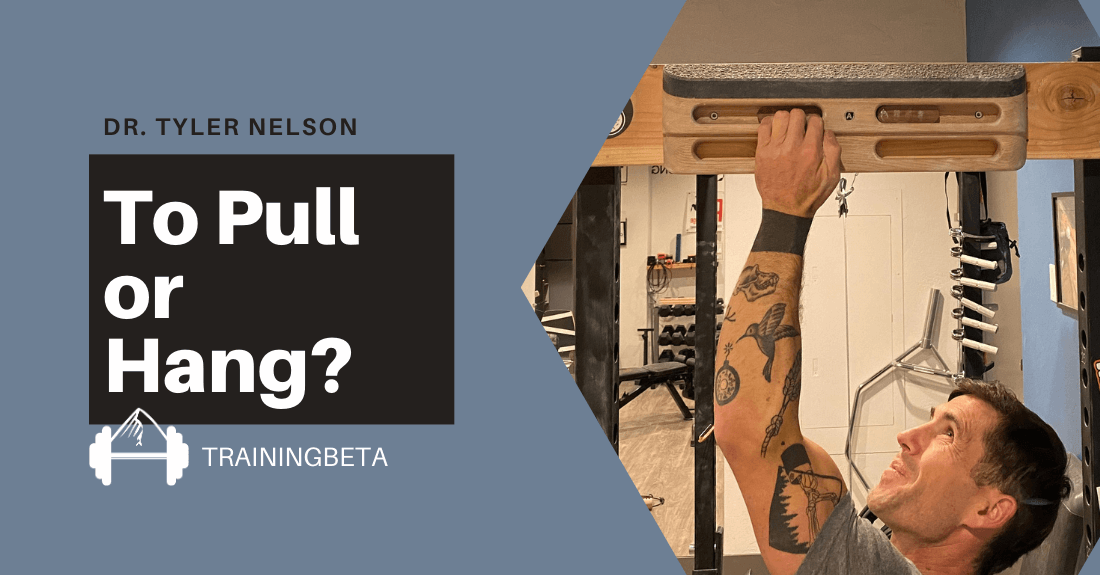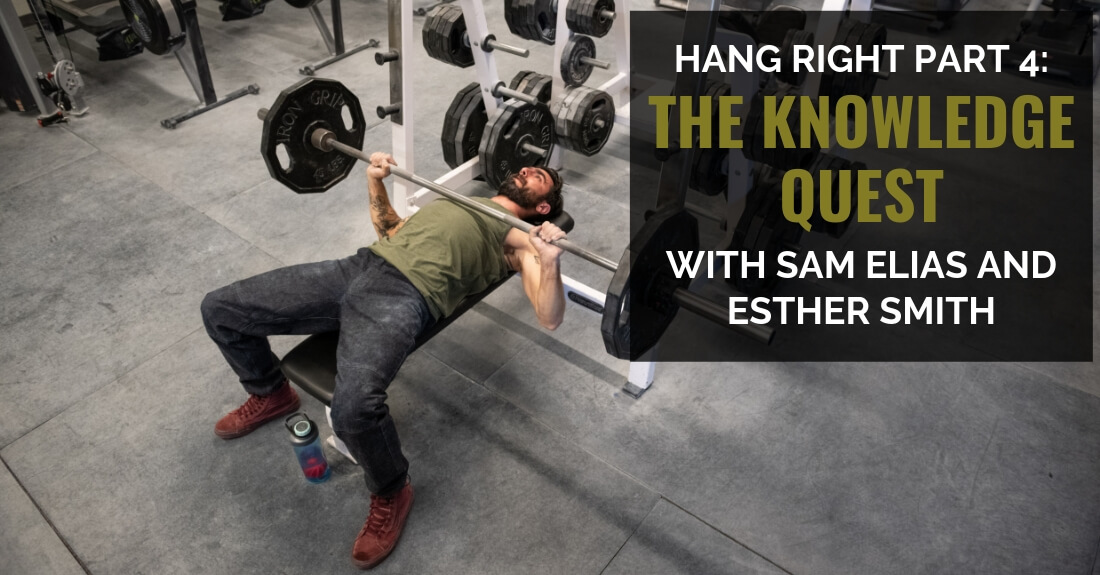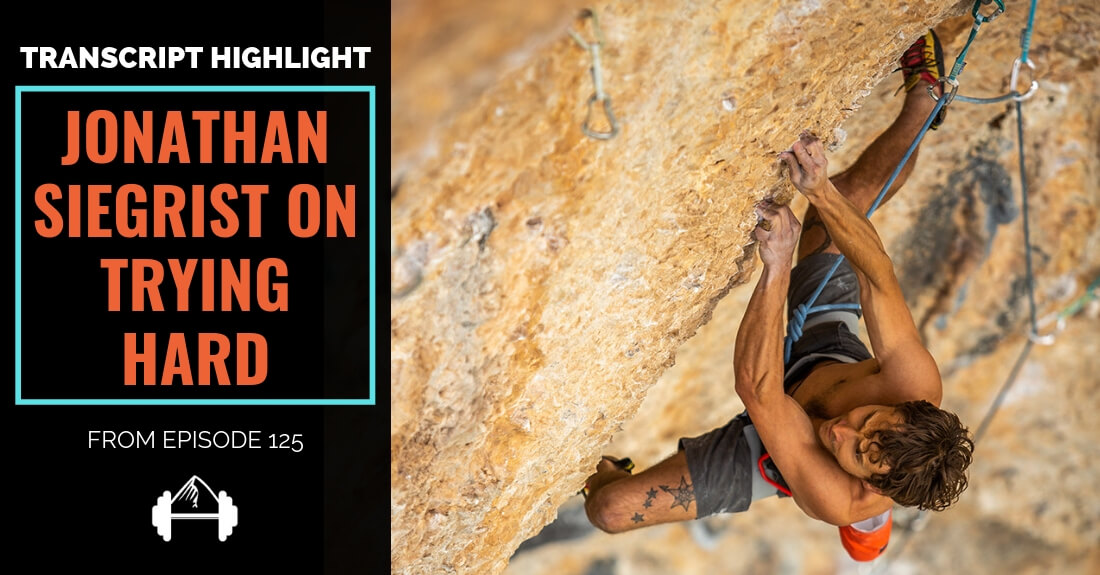How do I prepare for a big project, mentally and physically?
Climbing to me is an art, it is a way of life, and a conduit through which I can articulate myriad creative thoughts, analytical ideas, physical self expressions and emotional states. I choose to be a boulderer, and to do that to the highest standard I know, which involves picking the hardest, best, and most inspiring new climbs I can think of, in the most remote and exotic places in the world, and using my mental and physical ability to solve problems in a logical and analytical way to achieve my goals. I will discuss the process of both finding new boulders, as well as projecting a hard climb.
My focus doesn’t begin or end anywhere.
It is ongoing and ceaseless, but for the practical purposes of this post the first step for me is recognizing and setting a goal. Achieving goals gives not only my climbing, but my life, significant purpose. I might set a goal to feel inspired, to be productive, or to find happiness in what I am doing.
Lately, my goal in bouldering has been to be focused on finding, developing, and climbing difficult first ascents in remote areas.
Now that a goal has been envisioned I task myself with setting out to achieve that goal in every way that I know how. The most important aspect is that I apply clear, logical, and objective thinking to achieve my goal. I don’t feel like I can ever ask myself enough questions, and consequently hunt for the best answers to those questions. It is this search for information that has lead to my successes in bouldering.
There are a number of steps to the process of projecting.
Jamie sending Carefully By Hand V12, Elkland after 6 days of work
The first step may be to decide where to look for new rock.
The types of questions I might ask are:
What kind of rock am I looking for? Where might I find that rock? Do I know other climbers who might know more than me, and can I reach out to them for information? What type of mapping software will I use to find these boulders? Do I know anyone with a geology background who could possibly assist? How far am I willing to hike to get to a potential project? There are many others, but the more information I can gather by answering these types of questions, the better I will be prepared to achieve my goal.
Now that I know where to look, the second step is where the real search begins.
I am committed to doing what it takes to reach my project, be it a long flight or drive, followed by an arduous hike and complicated navigation. Generally the more difficult the better. This is part of the game I choose to play, because I often find more adventure more rewarding. Once determining there is good rock, I will spend hours and hours bushwhacking to find what I am looking for. I let the rock be my guide and let it inspire me, but I do have a general idea that I am searching for something on excellent rock that is independent, big, and proud. I am looking for radical expressions in lithology, and hoping to interact in complex and physically demanding ways with my environment. This for me is a very creative and artistic pursuit. I want the natural world to inspire me, as empirically I have found inspiration in the natural world.
Finding what I am looking for is part of my craft, and it takes years of experience, dedication, and a commitment to curiosity, open-mindedness and a willingness to work hard. Again, the process of asking questions continues. Is this project good enough for me to put effort into? Do I feel this boulder fits my vision and ideal of bouldering? Is the rock in this area outstanding? Is this problem outstanding? By climbing this problem am I achieving all that I can achieve through bouldering? Am I happy being here? Do I enjoy my company and are they interested in sharing my vision? How does my past experience color the answers to these questions? Am I answering these questions as objectively as possible?
With each step, the same kinds of questions are asked, and I use the power of my brain to come to logical conclusions.
The third step is the problem of actually sending the newly discovered boulder.
This poses a whole new set of complications.
First of all it is imperative that I recognize everything I have control over and choose take charge of that. I have control over my thoughts and I can use that to my advantage. I work hard not to act on impulse. I can make conscious and thoughtful choices about what I am doing and how I am going to do it. Why? Because it is demonstrably the best way to achieve my goals. I can choose to wear the best shoes, with the stickiest rubber (Five Ten) and more specifically the best shoe for the problem.
I can choose to put them in a plastic bag to keep them as clean as possible and to properly clean the soles between attempts. I can choose to climb on days I feel motivated, and well rested. I can choose to be properly hydrated and eat nutrient rich food. I can choose to go on days when conditions are cold and crisp. I can choose to carry an extra pad to cover that sharp rock in the landing, giving myself a little more freedom to try hard. I can choose to buy the best natural hair toothbrush to properly clean the holds. I can choose to train months in advance so that I am physically prepared for the climb. I can choose to be grateful for all that I have. I can choose to maintain a positive and motivated attitude. I can choose to work hard. I can choose to be committed. I can choose to do it all with dignity and class. I can choose to do what I love, and love what I do. All of these things can significantly help me send the problem, achieve my goals (which makes me happy) and I have control over all of these things.
The fourth step is to execute.
I take the time to think carefully about my beta. What works? What doesn’t? What can I do to get myself up the rock? I try to be open to new and radical ideas. Hard projects for me are about problem solving, and I never stop thinking about how I can improve my beta. How can I do it better? More efficiently? Why am I not doing some moves? Are there ways to make the moves I am doing better?
The desire to achieve my goal will be great, but I work hard not to let it cloud my view. That will only slow the process down. I strive for clear focus. I’ve already decided that this is what I want to do, so energy devoted to focusing on the glory of the send is wasted. A few years ago I climbed my hardest problem to date (an established problem), Evil Backwards V14. Here is an excerpt from a blog I wrote that exemplifies my thought process:
“I had been going back and forth about a very minute but important piece of beta. The third move of the problem is the move many consider the crux. It is very similar to the move on Crown of Aragorn, but for me it is a much harder version. I figured out the easiest way for me to do the move was with a heel, and the best heel for the job was the Anasazi Velcro. The next two moves are very hard tension moves which set the climber up for a difficult foot cut. Unfortunately, the foot-cut was much easier from the toe than the heel.
Because the move out left was so much easier with a heel, and I could do the foot-cut off the heel, I tried this beta for a few days, getting close and then closer. It never really felt consistent and when I am figuring out beta I will typically look for the most consistent method, even if it is more powerful. My heel kept popping off on Friday and I decided to take a new approach. I thought about it long and hard and came up with several new ideas on how to make it happen. I worked through each one, using minimal effort and trying to rely on my experience to tell me which seemed most likely to work. Finally, I came upon a solution that worked. I would use The Dragon heel, which made the move out left harder (but not as hard as with the toe), and then flip the heel to a toe.
This flip was difficult, but it seemed that once I got the heel flipped, I had a good chance to get to the end. I gave it a few goes and it seemed close. My confidence built and I felt the send was coming. I brushed the holds, arranged the pads to make sure there was little chance of dabbing and set off. Everything felt good, which really gave me the opportunity to try hard. I tensioned very hard with my right foot, barely stuck the sloper and reeled in the swing.”
Jamie sending Evil Backwards V14
At this point I have worked hard.
At this point I have worked hard, devoted a lot of time to what I am doing, and been committed to a vision I believe in. It’s time to put the rubber to the road and give it everything I have. No one but yourself can put you in front of the rock. No one but yourself can make you try hard. I feel like I want a life worth living and for me I am incredibly inspired to have found something that so perfectly expresses how I feel. To have climbing is something I am ever grateful for, and often that is enough to motivate me to try my hardest. If you’ve already made the decision that this is what you want to do, that you live to love your life and what you are doing, then trying as hard as you can is easy.
This is all fine and dandy but it’s not always so easy. One of the biggest mistakes I see climbers make is failing to make changes throughout the process of projecting based on what they see in their own climbing. With proper analysis, I am constantly adapting to my changing environment, and this has lead to my success. It’s no surprise that when people fail over and over and fail to make changes, they fail to change their result. Be open to new ideas and suggestions. Try wild and unexpected things. Things you may initially think won’t work. Let the unexpected be a possibility. Be creative. Be thoughtful. Be honest with yourself about your motivations and desires. And never stop working hard.
Finally, I take the time to enjoy my send. Celebrate! I am living the life I’ve chosen and doing it to the best of my ability and I worked very hard to get there. There is no reason not to enjoy what you are doing, where you are going, where you are, who you are with and what you’ve done. I find all of this immensely gratifying, but only because I want it to be. I have the power to shape my life into what I want, and finding, sending, and climbing incredible and inspiring projects is a major motivating factor in my life, and it can be in yours too.
Jamie Emerson, Pro Climber, Blogger, and Guidebook Author
Jamie lives in Boulder, Colorado, and is synonymous with www.b3bouldering.com. His love for finding new boulders takes him all over the country and world, and his need for adventure seems never to be satiated.
He is a student of math, a lover of books, and a philosopher at heart, but regardless of his busy work and school schedule, he always finds time to climb. He’s bouldered V14 and hopes to someday do a 5.14a. You can find out all about his sends, near-sends, and his opinions on all things climbing at www.b3bouldering.com.








Sorry, but this text seems a bit pathetic to me. Here are two points of critique:
1) “I have total freedom”-style. “I can choose…”. I, I, I. Wow, how phantastic you must be. Ever heard of being modest?
2) So step “3” is to send the “newly discovered boulder” and step “4” to “execute”. What is left to execute after sending?
Apart from that, there are some nice tips like living healthy, keeping the shoes clean and not trying the same all the time and expecting different results. But at least I personally knew that before. Altogether reading through this was a waste of time for me.
Anyway: Your bouldering is phantastic, big congratulations on that!!